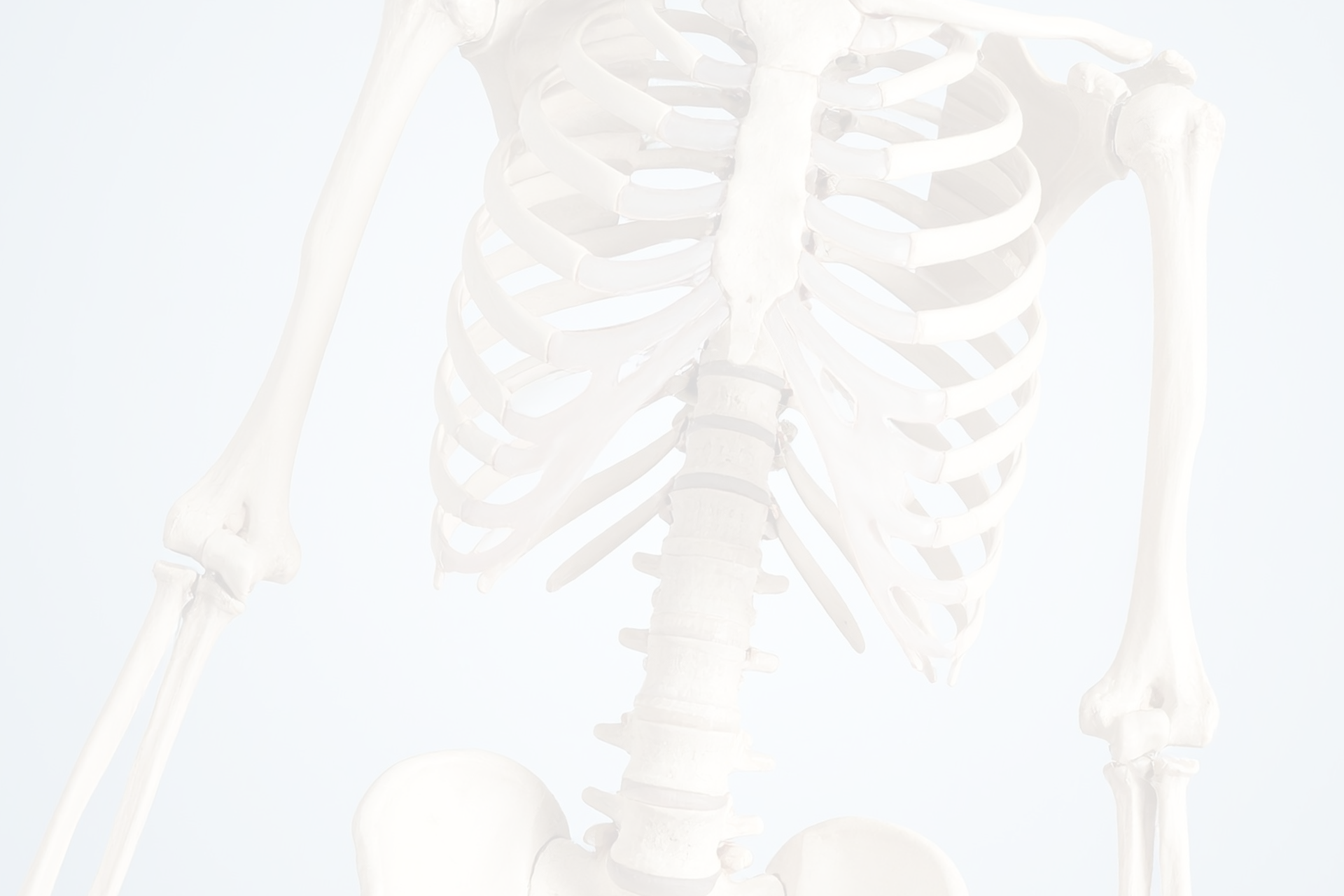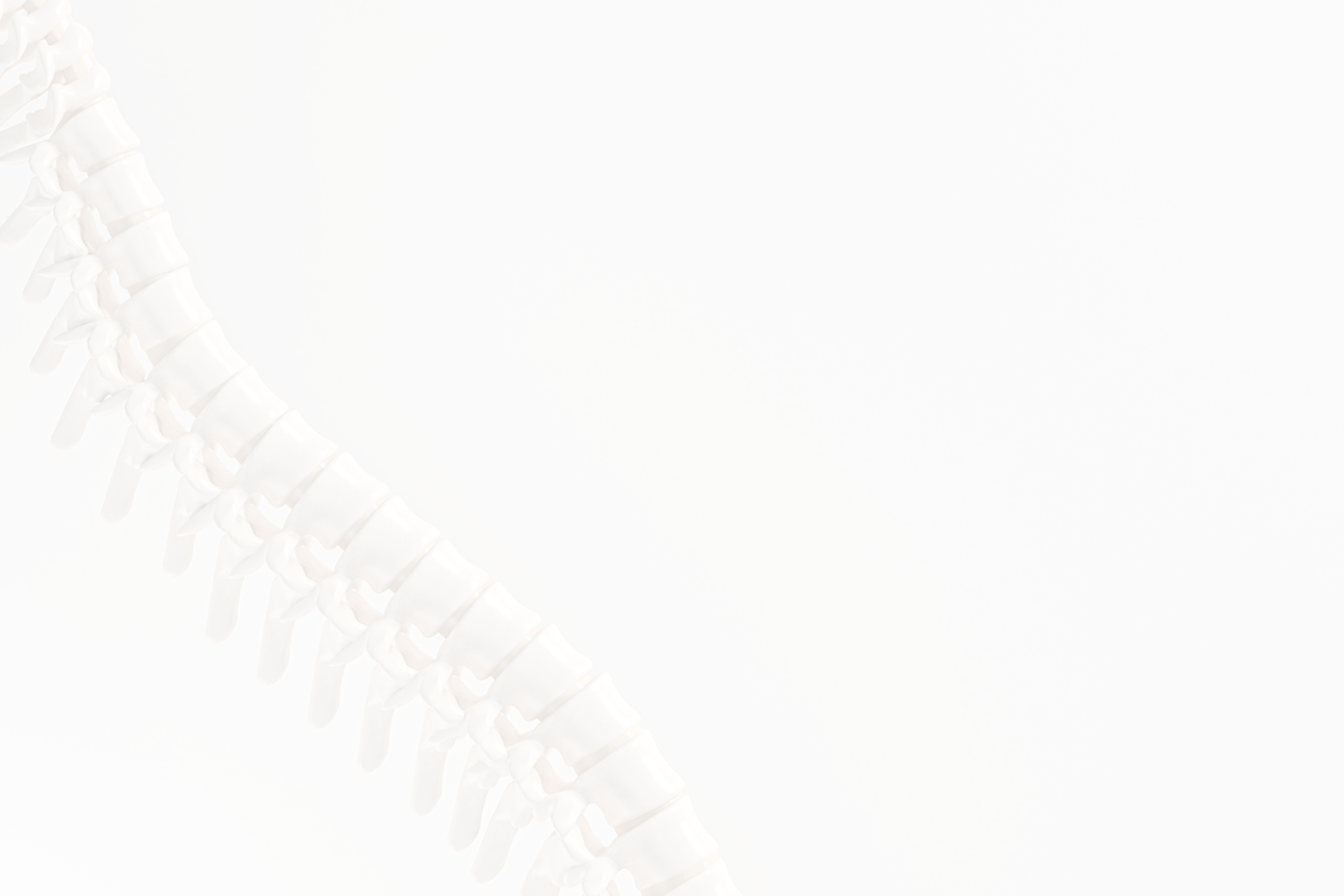
What is Timani?
Move better to play better

Move Better to Play Better
Timani has shown to be a very useful tool to feel and perform the music with greater precision and expression in a healthy way. It can provide a possibility for the musicians to tune more into the music by changing the physical coordination and playing or singing with less strain.
The exercises and anatomical knowledge you learn is designed to help with understanding and overcoming challenges related to pain, injury, technical issues, sound production or even just to enhance ones playing or singing to access higher potential as a musician. By focusing on the physiological aspects of playing, it enables musicians to make the best use of their body while practising and performing. It is used by musicians worldwide – from soloists to entire ensembles, and from students to established professionals – whether they have already experienced performance-related pain or injury or want to prevent them arising in the first place. Timani is also becoming increasingly popular in schools and colleges, taught by an ever-increasing network of teachers in fifteen countries who are inspired to pass on its benefits to musicians everywhere.
Learning Timani is for you if you:
Are a professional musician (all instruments, voice and genres), music student, music school teacher or music university teacher or someone who has extensive experience playing or singing
Are curious about finding new ways to solve musical, technical and musical challenges at your instrument or voice
Wish to play or sing with a muscular coordination that can help you prevent injury and pain
Find more effective ways to analyze your own or your students’ way of playing or singing
Learn exercises that helps you change your coordination for a more effortless use of the body
Have more knowledge and understanding of your body’s anatomy and how it relates to playing or singing
Learning Timani is NOT for you if you:
Want to learn an instrument or singing from scratch
Do not wish to change anything about the way you are using your body while playing or singing
Are looking for a method to replace your regular exercise and healthy living
Need a health-care professional to diagnose, treat or cure an injury or pain
Are looking for solving mental and psychological challenges
Are looking for something to solve all your playing related problems
Timani is not intended to diagnose, treat or cure any disease or medical condition. Please always consult your medical physician before making any changes.
The Essentials Of Timani
Singing or playing an instrument requires complex, coordinated, and refined use of more than 600 muscles in your body. Timani helps you to understand your own anatomy and the relationship between your brain, body, and voice or instrument. It’s designed to improve the way you stand, sit, breathe, and move using individually customised exercises that offer the following benefits:
-

Musicality
Enhancing technique, sound, timing, and creating more natural phrasing.
-

Co ordination
Understanding the coordination needed to sing or play your instrument effortlessly.
-

Health
Knowing how you use your body to minimise the risk of performance-related injury or pain caused by misalignment and compensatory muscular patterns.
-

Confidence
Understanding the relationship between body and mind, which creates positive psychological effects and improves focus in the practice room and on stage.
-

Potential
Reaching your full potential as a musician by acquiring tools that will enable you to express yourself without being compromised by physical limitations

The Seven Pillars of Timani
1. Relevant Anatomy For Musicians
You’ll learn basic anatomy and biology that provides an understanding of the complexity of muscular action and movement. You’ll read about key muscles that you want to pay some extra attention to when playing or singing, and exercises to differentiate and coordinate these muscles so they’re prepped for performing music.
2. Movement Analysis For Musicians
You’ll get tips on how to observe certain movement patterns and be able to determine if the coordination is sustainable or straining for your body. This is presented in the chapters about sitting and standing posture, and also in the other chapters where you’ll learn more about the functioning of the shoulders, arms, hands, legs, and feet, and how each of these plays a role in performance.
3. The Fascia System
Fascia is an important tissue in the body that connects us from top to toe. To gain an effortless technique, some basic understanding of fascia is needed, as it provides elasticity and connection in our movements.
4. Healthy Natural Breathing
You’ll learn about some of the basics of breathing coordination in the two last chapters of the book. Accessing healthy breathing is dependent on the functioning of the neck, jaw, shoulders, hips, legs, and feet, which are discussed in the preceding chapters. The goal is to experience breathing as a whole- body action, and to understand that deep breathing is about allowing movement of the diaphragm and torso, and encouraging the deep connections in our body, which we can’t always see from the outside but can feel inside.
5. Push-off
Some of the exercises are aimed at giving you a new relationship to your contact with the floor (feet), the chair (sit bones), and the instrument (fingers, hands, and arms). By relating to these surfaces with a slight sense of what we call “push-off,” which is different than just pressing down or simply using weight to play the instrument, we gain more clarity so the brain can coordinate our movements better.
6. Brain-Body Connection
The brain plays an essential role in movement. Knowing some basic neurology is important in order to understand what we’re actually dealing with when it comes to movement coordination and re-training. You’ll learn about the sensory and motor system, each of which participates equally in developing accurate movement skills.
7. Awareness
Awareness can make us more connected to the musical intention and the physical experience of playing. What we aren’t aware of, we can’t control or change. We need to have the ability to listen to the sound coming from the instrument, be aware of the sensation of touch between the fingers and the instrument, or simply feel the weight of the arm or how the movements of the body all affect our playing or singing. This awareness can also help us become more present when we perform.
